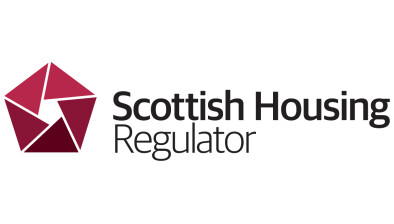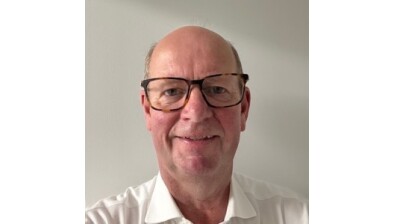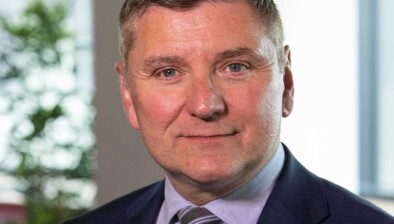Regulator publishes 2016/17 work plan summary

The Scottish Housing Regulator has published a summary of its work plan for 2016/17, which will see the organisation focus on its three priorities of good services, financial health and good governance.
According to the summary, specific areas of work will include planned regulatory engagement; Charter data collection, analysis and reporting; and involving tenants.
The Regulator’s engagement with landlords will see it:
The Regulator will involve tenants in its work through its National Panel of Tenants and Service Users, its tenant liaison group and by working with its new tenant advisors. This work will aim to empower tenants by providing helpful and easy-to-use information on their landlord’s performance that helps them to compare this with other landlords.
It will also maintain the confidence of public and private funders which the organisation says is crucial for access to competitive investment in social housing.
On the Scottish Social Housing Charter, the Regulator will:
It also plans to publish:
Working with reduced resources, the Regulator has also laid out plans to cooperate with the Scottish Government in its response to the ONS review of the classification of RSLs and to move office by December.
Michael Cameron, chief executive, said: “Successful social landlords deliver good outcomes for tenants, homeless people and others who use their services. Our work helps to achieve this by focusing on our three priorities: good services for tenants and other service users and landlords’ financial health and good governance.
“This year we will empower tenants by providing easy to use information on their landlord’s performance. We will also work to maintain the confidence of public and private funders that is crucial for landlords’ access to competitive investment.”
Michael added: “We are a smaller Regulator, having had a significant reduction in our funding from 2016/17. We will continue to prioritise our use of resources to protect the interests of tenants and service users, while doing less of some things and stopping others.”







